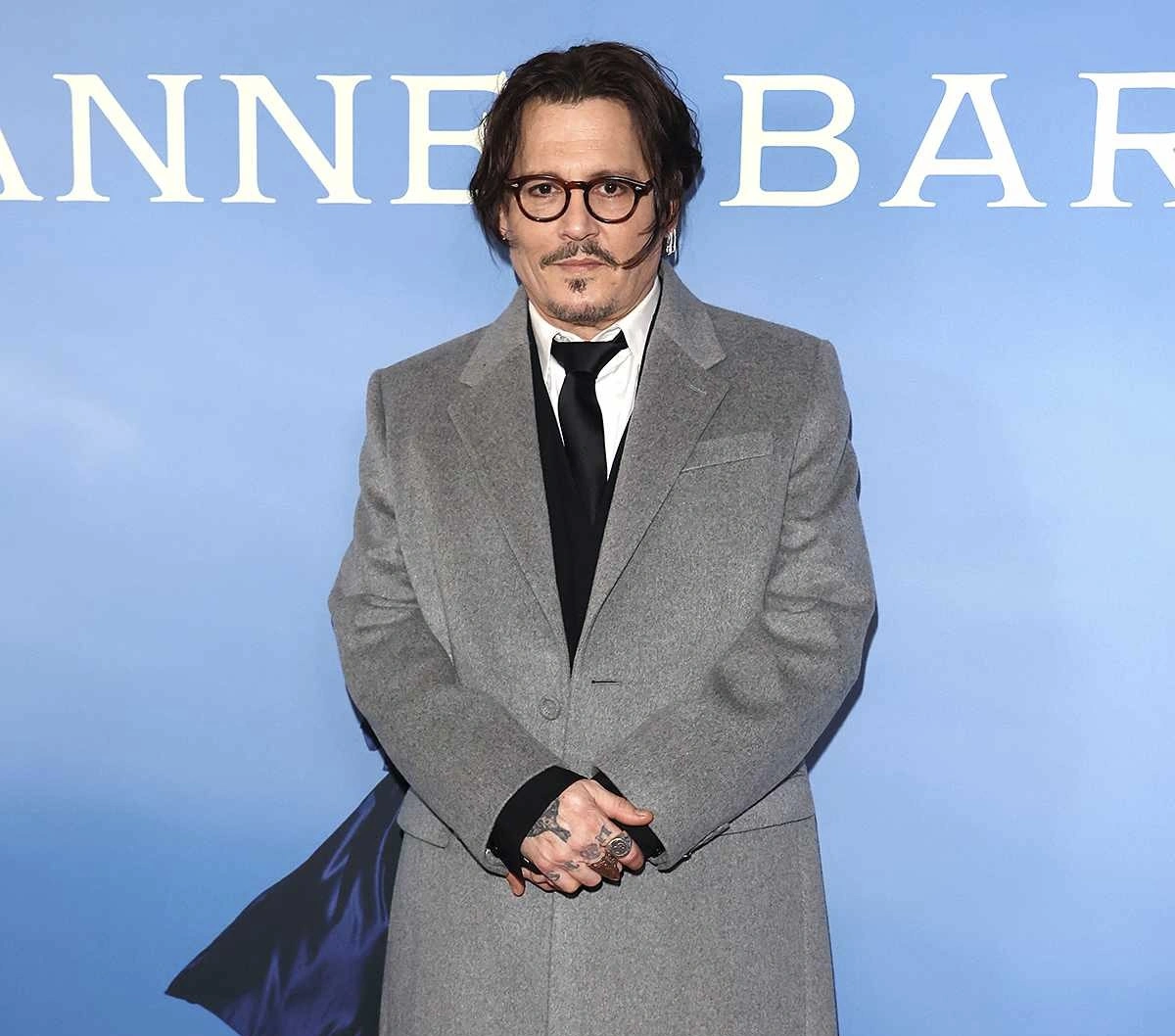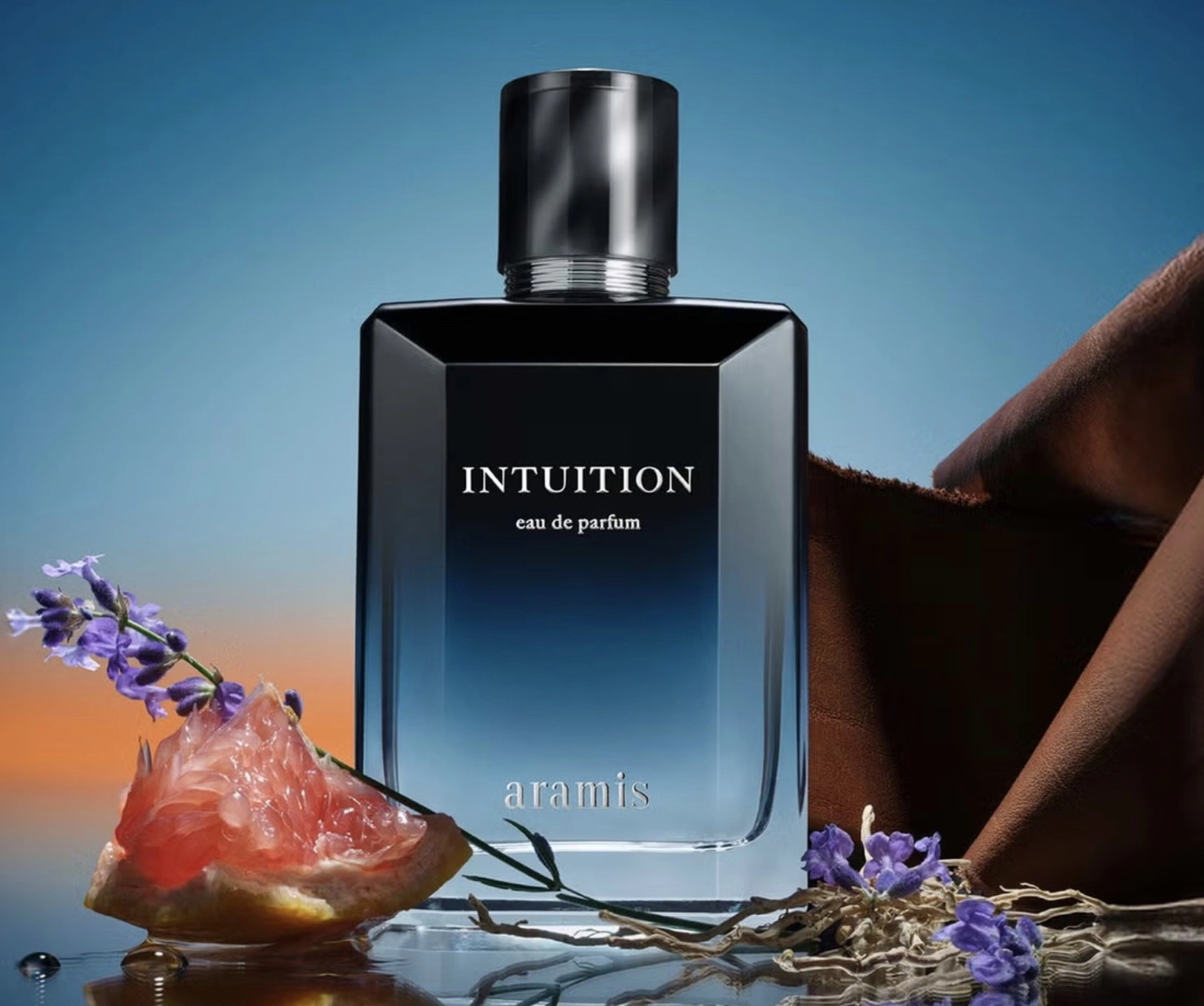In a climax that’s been years in the making, Taylor Swift has finally taken full ownership of her music catalog. With a reported $360 million deal, the global superstar bought back the rights to her first six albums from Shamrock Capital, closing the final chapter of a bitter, high-profile feud that reshaped not just her career but the entire music industry. This isn’t just a celebrity win—it’s a blueprint for how power, persistence, and a refusal to be silenced can overturn decades-old industry norms.
For fans, this is a triumph. For the music business, it’s a warning shot.
The Battle for the Masters
To understand the full weight of Swift’s latest move, you have to go back to 2019.
That summer, the world found out that Swift no longer owned the master recordings of her early work—six albums that built her into a household name. Big Machine Records, the label she signed with at age 15, had sold those masters to Ithaca Holdings, a company run by music executive Scooter Braun. Swift was blindsided. She’d long expressed interest in buying her catalog back but was never offered the opportunity on fair terms.
Instead, it went to someone she viewed as an adversary.
Braun’s acquisition sparked outrage from Swift and her fans. She accused him of years of manipulation and bullying. For many, it symbolized everything wrong with the music industry: artists lacking control over their own creations, while corporate entities profited in the shadows.
Braun later sold the masters to Shamrock Capital for a reported $300 million in 2020. Swift said she wasn’t informed in advance and declined to partner with Shamrock after learning Braun would still profit from the deal. That marked a turning point.
The Taylor’s Version Revolution
Rather than accept the loss, Swift launched a bold counterattack: she’d rerecord her first six albums, releasing them as “Taylor’s Version” editions. This strategy was both legal and brilliant. Under U.S. copyright law, artists can create new versions of their own songs after a certain period—provided they don’t violate the original sound recordings.
Swift knew her fans were fiercely loyal. If she gave them the option to stream or buy her versions—the ones she owned—they would.
They did.
“Fearless (Taylor’s Version)” dropped in April 2021 and went straight to No. 1 on the Billboard 200. So did “Red (Taylor’s Version)” later that year. By 2023, her rerecorded albums were not only matching the originals—they were surpassing them in streams, sales, and cultural relevance.
From a legal work-around, Taylor’s Versions evolved into a movement. They were a statement of principle. A reclamation project. A middle finger to corporate gatekeepers. And they worked.
Swift effectively devalued the very assets that Braun and Shamrock paid hundreds of millions for, without ever setting foot in court.
Buying It Back Anyway
Despite the success of Taylor’s Versions, the masters were still out there. And they were still profitable. Even with competition from new recordings, the original albums continued generating revenue through licensing, radio play, and catalog streaming.
That’s why Swift’s decision to buy them back now—after all the fighting, all the statements, and all the rerecordings—is both ironic and poetic.
Shamrock made a profit, reportedly around $100 million during its ownership. But they also lost control of an asset that Swift had spent years undermining with surgical precision. Now, Swift has them both: the rerecorded versions fans love, and the original masters that the industry still trades on.
She owns it all.
This move isn’t just symbolic—it’s practical. Full ownership opens the door to total control over licensing, synchronization (film/TV usage), and digital platform negotiations. It also means she’s free to shape the legacy of those albums however she chooses, without interference.
The Billion-Dollar Businesswoman
Swift’s financial position allowed this to happen. In 2023, she officially became a billionaire, driven by touring revenue, merchandise, strategic brand deals, and the Taylor’s Version sales boom. The Eras Tour alone brought in over $1 billion globally, setting a new standard for live music events.
In short, she had the capital, the leverage, and the moral high ground. She didn’t need investors. She didn’t need permission.
She wrote the check.
This level of autonomy is rare in music. Even legacy artists like The Beatles and Prince fought bitter legal battles over rights and royalties. Swift not only regained her work but did so through both public advocacy and shrewd business maneuvering. She didn’t wait for justice—she engineered it.
What It Means for Artists Everywhere
Taylor Swift’s journey has already influenced a new generation of artists. The message is clear: understand your contracts, own your masters, and don’t be afraid to challenge industry norms.
Younger artists now ask about ownership from day one. Labels are rethinking their deal structures. Public perception is shifting. The idea that a musician can’t—or shouldn’t—own their own work is increasingly out of touch.
Swift didn’t just play the game differently. She rewrote the rules.
Yes, she had leverage few others can match. But she also exposed how power is wielded behind closed doors. And she turned that knowledge into a public campaign for transparency and fairness.
She showed that the fight is worth it.
Critics, Context, and the Big Picture
Of course, not everyone sees Swift’s saga as a heroic odyssey. Some critics argue that it’s easy to take a stand when you’re already one of the most powerful figures in entertainment. They say her story is less about breaking the system and more about navigating it from the inside.
They’re not entirely wrong.
Swift’s resources, platform, and fanbase gave her tools most artists don’t have. The vast majority can’t afford to rerecord six albums, nor wage a multi-year PR campaign to sway public opinion. In that sense, her story isn’t easily replicable.
But it is instructive.
It teaches that rights matter. That art is worth defending. And that even in an industry built on silence, pushback can work.
Swift didn’t just ask for control. She earned it back—strategically, relentlessly, and publicly. That’s more than a business move. It’s a philosophy of authorship.
The Legacy Play
Now, Taylor Swift stands in rarefied territory. With full ownership of her discography, she controls not just her present and future—but her legacy. The way her music is used, remembered, and passed on is now entirely hers to shape.
Few artists get to this point. Most lose their masters early and never get them back. Some, like Prince, spend decades fighting to regain them. Others, like David Bowie, used bond structures to monetize their work without giving up control—but still had to play the Wall Street game.
Swift took a different route: she let the system show its hand, outmaneuvered it, and then bought the whole table.
What comes next is hers to decide.
Impression
This isn’t just a win for Taylor Swift. It’s a watershed moment for the music industry.
She didn’t rush the process. She played the long game, knowing her value would only rise—and that every rerelease, every tour, every defiant statement was increasing her leverage. Now, she owns one of the most valuable catalogs in modern music—and has control over both the original and the rerecorded versions.
There’s a sense of poetic justice here. Swift was 15 when she signed away her masters, chasing a dream. She’s now 35, a billionaire, and one of the most powerful figures in global entertainment. Her journey from teenage songwriter to mogul was paved with talent—but also strategic brilliance and unwavering resolve.
In the end, Swift didn’t just reclaim her music.
She redefined ownership in the 21st-century music economy.
And that might be her greatest legacy of all.
No comments yet.








